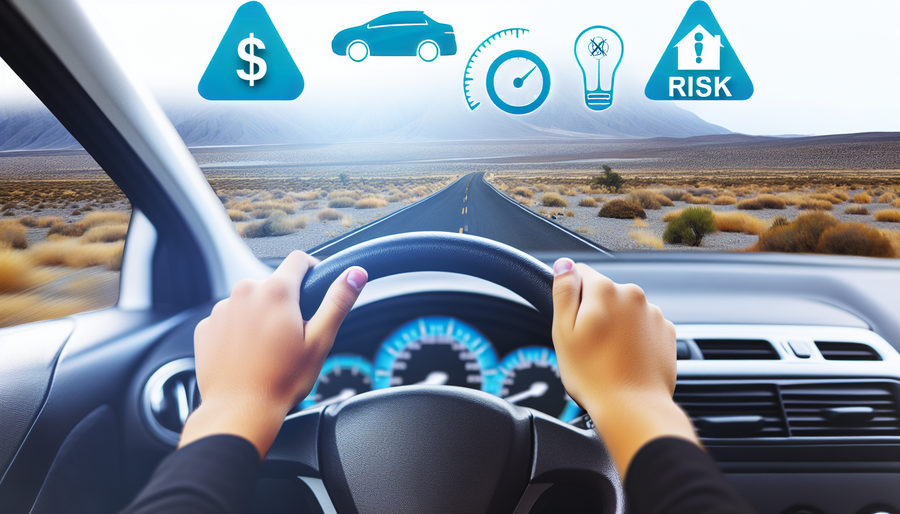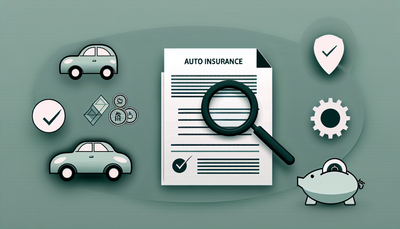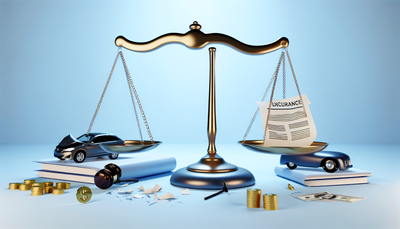Why Age Matters: Understanding Risk and Premiums for Young Drivers

Why Age Matters: Understanding Risk and Premiums for Young Drivers
When it comes to car insurance, one of the first questions insurers ask is your age. Why? Because age is closely linked to driving experience, behavior, and ultimately, risk on the road. For young drivers, this often translates into higher insurance premiums—but it's not all bad news. Understanding the connection between age and risk can empower young drivers to make smarter choices and potentially reduce their costs.
The Link Between Age and Risk
Insurance is all about assessing risk, and statistics consistently show that younger drivers—especially teenagers and those in their early twenties—are more likely to be involved in accidents. This heightened risk stems from several factors:
- Lack of experience: New drivers haven't spent much time behind the wheel, which can lead to poor judgment in high-pressure situations.
- Risk-taking behavior: Studies suggest younger individuals are more prone to speeding, distracted driving, and not wearing seatbelts.
- Higher accident rates: According to the Insurance Institute for Highway Safety (IIHS), drivers aged 16–19 are nearly three times more likely to be in a fatal crash compared to drivers aged 20 and older.
Because of these factors, insurers calculate higher premiums for younger age groups to offset the increased likelihood of claims.
Why Insurance Premiums Are Higher for Young Drivers
Young drivers often find themselves paying significantly more for car insurance than older, more experienced motorists. Here's why:
- Statistical risk: As we've mentioned, the data shows young drivers are more at risk. This directly influences premium pricing.
- Vehicle type: Young drivers may be more likely to drive older or sportier cars, which can be more costly to insure.
- Coverage needs: Parents often add teens to their policies, increasing coverage limits, which can drive up costs.
It's important to note that while age is a major factor, it's not the only one. Driving history, location, credit score (in some states), and even academic performance can play a role in determining premiums.
Tips to Lower Insurance Costs for Young Drivers
Fortunately, there are strategies young drivers and their families can use to mitigate high insurance costs:
- Take a defensive driving course – Some insurers offer discounts for completing approved driving classes.
- Maintain good grades – Many insurance companies offer “good student” discounts for high school and college students who maintain a certain GPA.
- Choose the right vehicle – Opting for a safe, reliable, and modestly priced car can lower premiums.
- Consider telematics – Usage-based insurance programs track driving habits and reward safe behavior with discounts.
- Stay on a parent’s policy – It’s often cheaper to add a young driver to a family plan than to buy a standalone policy.
When Do Premiums Start to Decrease?
The good news is that as drivers gain experience and maintain clean records, their insurance rates typically decrease. Most insurers begin to offer lower rates around age 25, assuming no accidents or violations. This is a milestone where the risk profile improves substantially for most drivers.
Conclusion
Age might just be a number, but when it comes to car insurance, it's a critical one. For young drivers, understanding how age and risk influence insurance premiums is key to making informed decisions. While the road may start with higher costs, responsible driving, smart choices, and a bit of patience can pave the way to more affordable premiums over time.
By being proactive and informed, young drivers can navigate the world of car insurance with confidence—and maybe even save a few bucks along the way.








